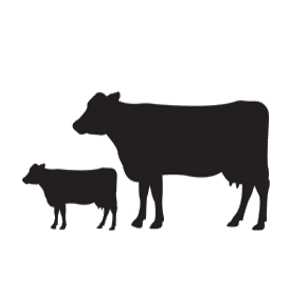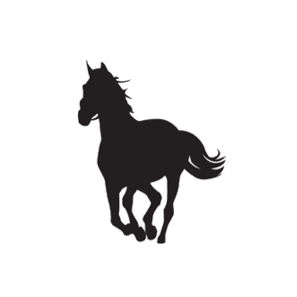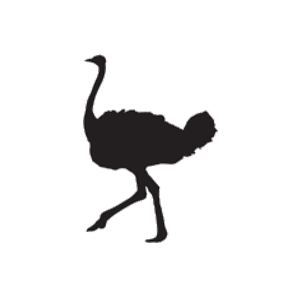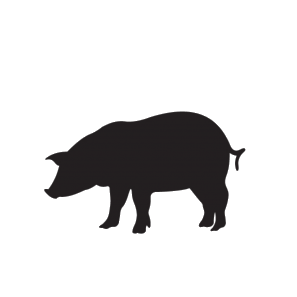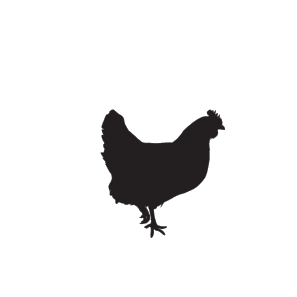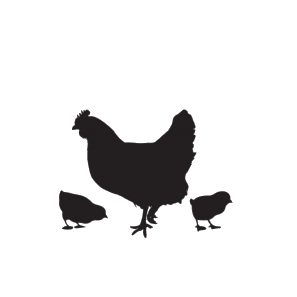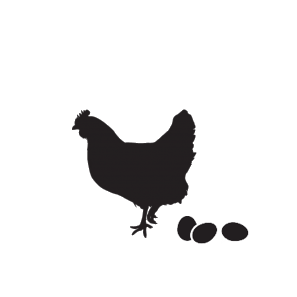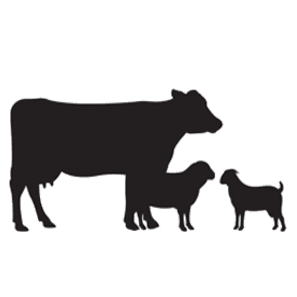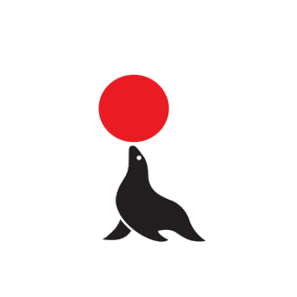Cattle farming can be broken down into two sections, namely beef cattle and dairy cattle. In this article, we will be explaining the general terms for cattle when it comes to farming and handling. It should be noted that the general species name for cattle is Bos taurus, but this can also be further subdivided when referring to either European, African or Indian cattle.
European cattle: Bos taurus taurus
African cattle: Bos taurus africanus
Indian cattle: Bos taurus indicus
Physiological Terms
Calf: Both male and female cattle that have not yet been weaned.
Heifer: A young female cow under the age of three years, that has not yet given birth to a calf. Young heifers that have given birth to one calf are sometimes called first-calf heifers.
Cow: An adult female cow that has given birth to a calf.
Bull: Adult, male cattle.
Feeder calf: Young cattle that have been weaned.
Steer: Castrated male cattle.
Replacement heifer: Young female cattle brought into the herd for the purpose of replacing older cows.
Stocker cattle: Young cattle that have been raised on high-forage diets until they are ready to be placed into feedlots.
General Terms
Polled: Cattle that are naturally hornless.
Debudded/dehorned: Cattle that have had their horns surgically removed.
Scur: Loose keratinous growth on the head of cattle.
Beef cattle: Cattle specifically bred for their meat.
Dairy cattle: Cattle specifically bred for their milk.
Bovine: A general term referring to cattle.
Weaning weight: How much a calf weighs when it is weaned from its mother, usually at 205 days of age.
Terminal cross: Progeny bred for meat production from a cow that has been mated with a bull that has specific meat producing characteristics.
Crossbred: An animal that has parents of different pedigrees.
Rumination: The act of a cow regurgitating food in order to be chewed.
Ruminant: Any animal that has a rumen, also including goat and sheep.
Phenotype: Visual attributes of cattle, such as their colouring.
Genotype: Genetic attributes of cattle, such as their ability to build muscle.
Mastitis: Infection of the cow’s udder.
Double muscling: A genetic condition in some cattle, like the Belgian Blue cattle, where there is increased muscling of the animal due to a genetic mutation in some of the genes.
Disposition: An animal’s temperament and behaviour when being handled.
Pregnancy Terms
Gestation: The length of time that a cow is pregnant.
Artificial insemination: A process and technique whereby semen from a selected bull is used to impregnate a cow by mechanical means.
Afterbirth: Tissue that is expelled after the birth of a calf.
Estrus cycle: Also known as the heat cycle, usually 21 days in cattle.
Synchronisation: A management process aimed at getting all female cattle to come into heat at the same time.
Postpartum interval: Also known as the inter-calving period of a cow. This is the length of time from when a cow calves until the start of gestation with her next calf.
Mothering ability: A cow’s ability and eagerness to look after her calf. Not all cows have the same mothering ability.
Dystocia: Difficult birthing process for a cow, also increased and difficult labour.
Colostrum: The first bit of milk that is produced by a cow, which is very high in antibodies to build the calf’s passive immunity.




